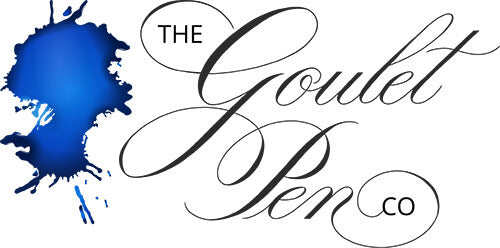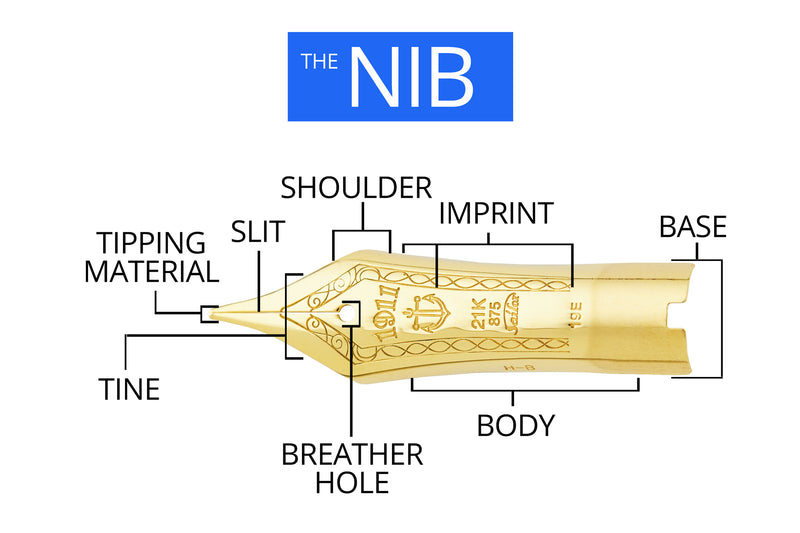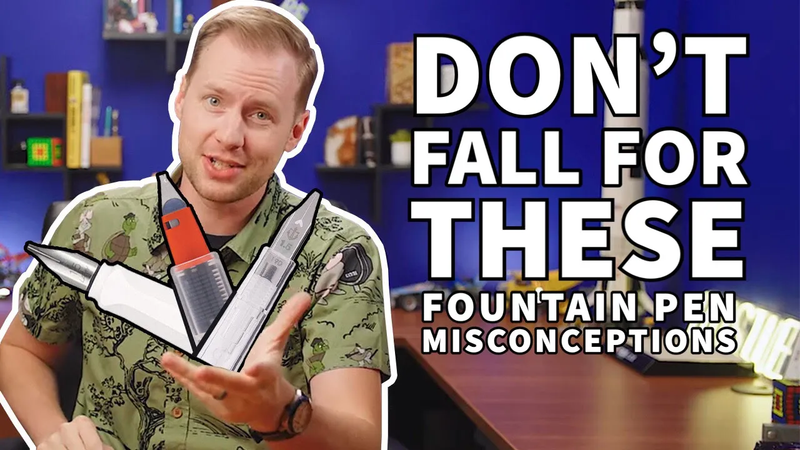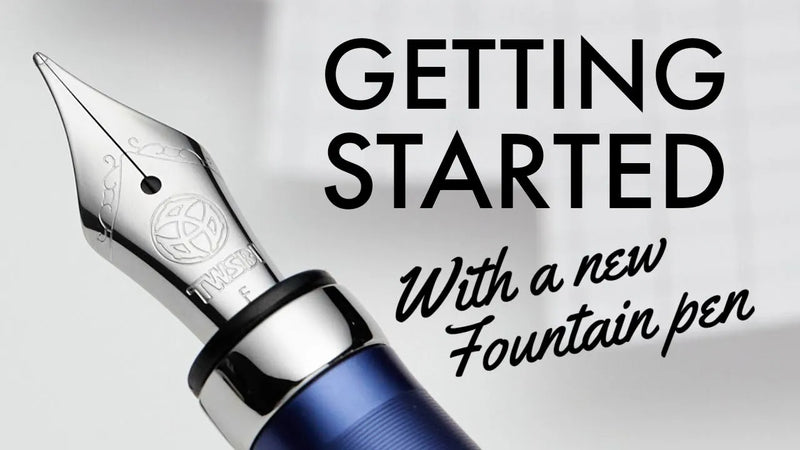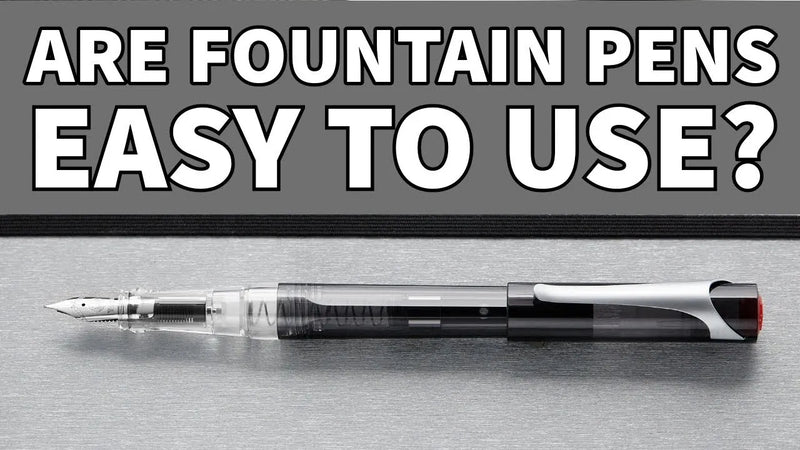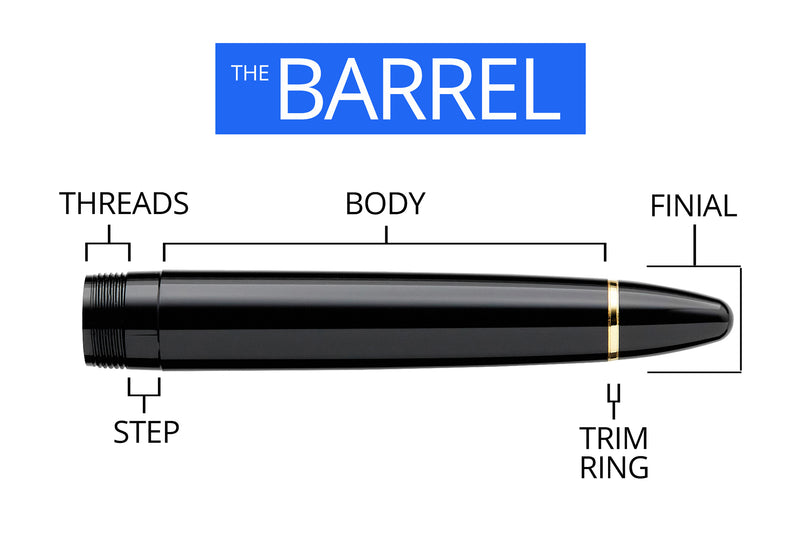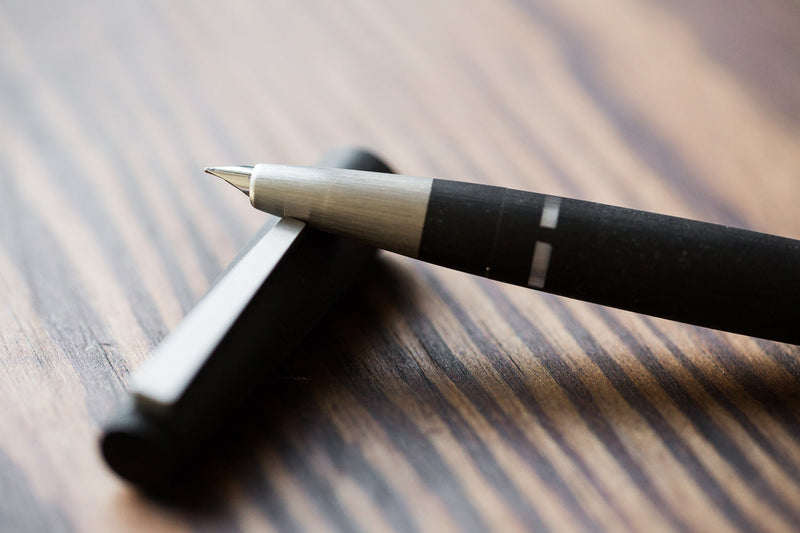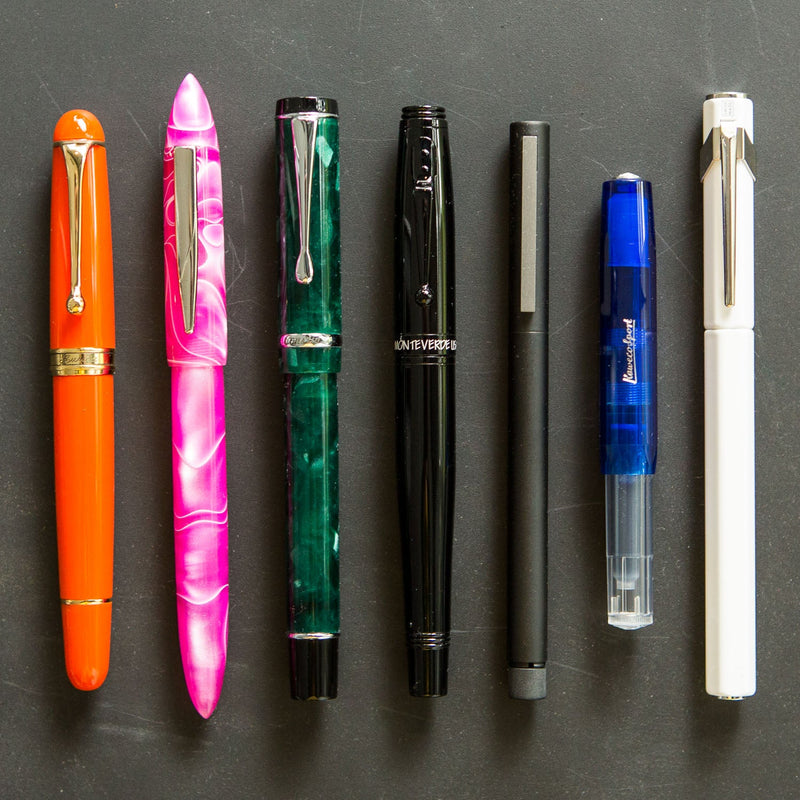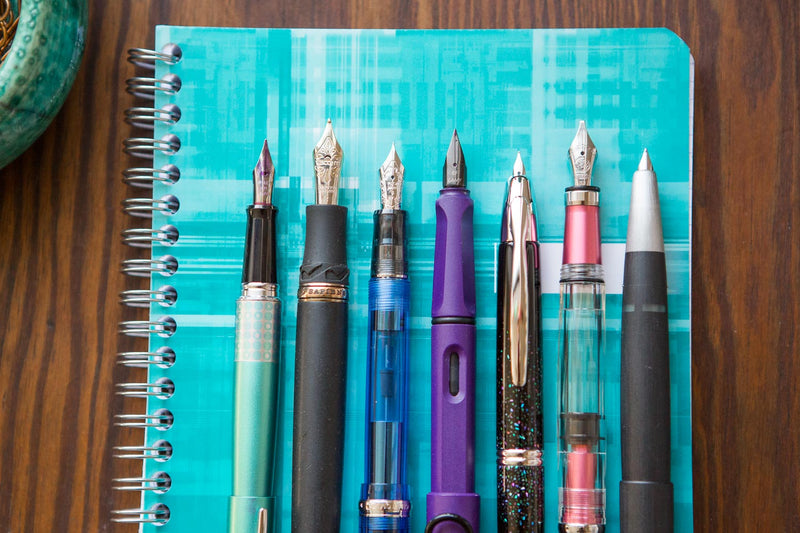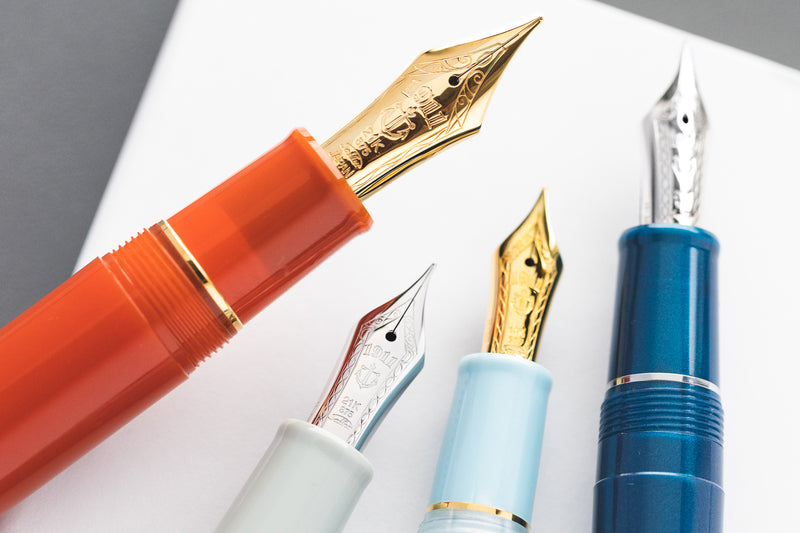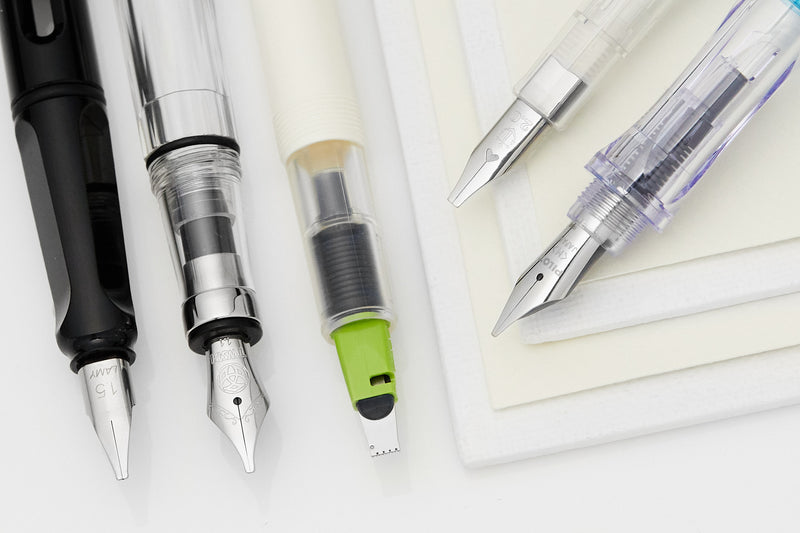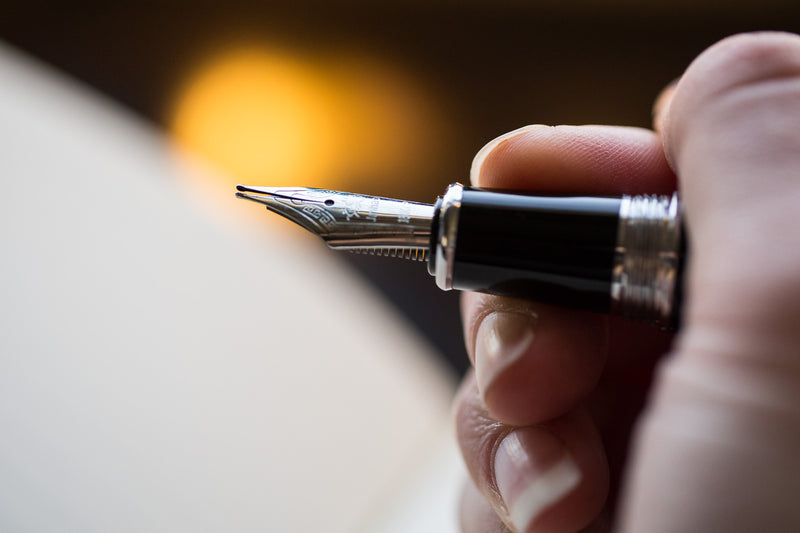Flex Nib Fountain Pens
One of the most exciting things about fountain pens in recent years has been the rising popularity of flexible nibs. What makes them appealing is that you can write with a varying amount of pressure to change your line width from a finer line to a broader one, giving you a lot of expression and versatility in your writing. But did you know that flex nibs have been around for decades? How about the fact that there's a specific way you need to write with them to really get them to work properly?
As a retailer of flex nib fountain pens for the last several years, we've been asked a variety of really compelling questions about how they work and how to use them. Compiling knowledge from the members team, online research, and speaking with manufacturers in the industry over the last several years, we've put together this video to try to explain everything you need to know to get the basics of flex pen use down. We hope you enjoy it!
What is flex?
A fountain pen with a flex (flexible) nib allows you to write with a variation in line width, based on the amount of pressure you apply as you write.
What are some uses for flex writing?
- Calligraphy
- Flourished writing
- Drawing
Fountain pens vs. Dip pens
- Most calligraphers and master penman will use dip nibs, they're more flexible and allow for the greatest line variation
- Fountain pens allow a continuous ink supply, and are more practical for the ‘everyday person' looking to use a normal pen who sometimes wants to flex
- Formal calligraphy like Spencerian and Copperplate are easiest with an offset (oblique) nib holder, with dip nibs and calligraphy ink
Master Penman Michael Sull doing flourished calligraphy
How is a flex nib different from a stub nib?
- Check out the "How To Use A Stub Nib" video
- Stub is ground square so the line width is thinner on the cross stroke than the down stroke
- You write consistently with your pressure, and the end result looks different than writing with flex
- Stubs are a good alternative to fancy-looking writing with less fuss than flex nibs
Several examples of fountain pens with a stub nib
Which fountain pens have flex?
- Flex is a subjective term, there is no standard for what "flex" is
- Some nibs are advertised as flexible (especially vintage ones), others are called "soft"
- Some vintage examples include Waterman, Mabie Todd, Conway Stewart, Wahl-Eversharp, and a few others
- There's a few modern examples as well that you can check out on our site, including Noodler's, Pilot, Conklin, Monteverde, and more.
What's the difference between "soft" and "flex"?
- There's a fine line between these with no "flex police" around to say who's right
- Flex today is usually assumed to be pretty extreme, multiple line widths extended with pressure
- Most modern pens just don't fall into this category
- Soft is really more accurate, where there's a slight degree of line variation (1-2 sizes up)
- Soft nibs include the Pilot Falcon, Pilot Custom 912 FA, Conklin and Monteverde OmniFlex, Goulet JoWo flex
- Most modern flex nibs are stiffer and require more pressure than vintage flex nibs
- Modern flex pens often use the same feeds as conventional nibs, which can have a hard time keeping up with the high flow of ink required with dramatic flexing
Pilot Falcon fountain pen with a soft nib
Vintage flex nibs (especially from the 1920's-40's) are the best, Why don't they make them like they used to?
- The gold alloys are different
- The machining equipment used to make flex nibs is no longer made
- It required a high degree of skilled handwork, which is somewhat of a lost art today
- Essentially, it's far too niche for production today
Flex Pen Terminology
- Flex – nib that creates line variation with the amount of pressure you put down
- Nib – the metal writing end of a fountain pen
- Line Variation – your writing looking thicker in parts, thinner in others
- Flow – how much or little your pen provides ink to the nib
- Tines – the parts of the nib that bend when flexing
- Spread – how far apart the tines get when you flex
- Break – when the ink flow stops, especially while flexing
- Railroading – when there's a break in the flow and the split tines draw parallel lines on the page
- Bounceback/Springback – how easily the tines return to their unflexed state
- Sprung Tines – when a nib is flexed beyond its capacity, and won't return to its original alignment (ruined)
- Wet Noodle – an endearing term used for pens with maximum flex and minimal pressure, the best of the best
Tips for success with Flex nibs:
- Consider heat setting the feed (Check out our how-to video)
- Flush/clean your pens first
- Take your time, practice, and don't over flex (or else you risk springing your tines)
- Wetter inks and less absorbent papers work best, avoid permanent or fast-drying inks
- Scotch tape over the nib can help
- Write slowly, especially when flexing
- Using more of your arm, not just your hand
- Flex only on the pulling motion
- Be careful about your rotation
- It's an instrument, something that truly requires practice, so you will have to give it time.
